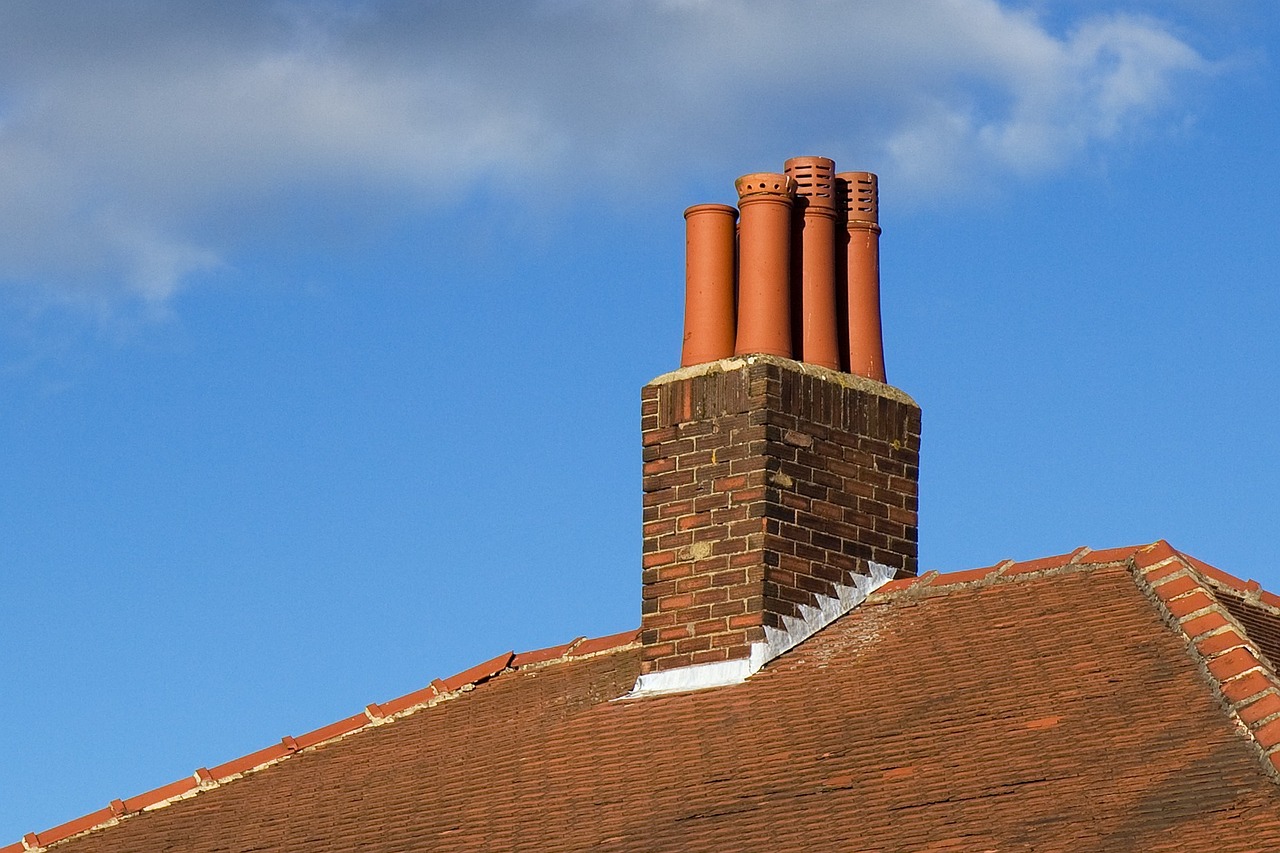
Mini Split On Roof: Top 6 Considerations and Best Tips
Mini split air conditioning systems have gained immense popularity due to their energy efficiency, zoned climate control, and ease of installation. While the indoor units are typically mounted on walls or ceilings, the outdoor condenser unit poses a placement challenge, especially in homes with limited outdoor space. Rooftop installation of mini split condensers has emerged as a viable option, but it comes with a unique set of considerations and requirements.
Considerations for Rooftop Installation
1. Exposure to Elements
Rooftop placement exposes the condenser unit to harsh weather conditions, including direct sunlight, rain, snow, and strong winds. Prolonged exposure to these elements can accelerate wear and tear, potentially shortening the lifespan of the condenser.
2. Accessibility for Maintenance
Regular maintenance and servicing of the condenser unit are crucial for optimal performance and longevity. Rooftop installation makes access more challenging, potentially increasing maintenance costs.
3. Local Codes and Regulations
Before proceeding with rooftop installation, it is essential to check local building codes and regulations. Some municipalities may have restrictions or specific requirements for the placement of HVAC equipment on rooftops.

4. Structural Integrity
The weight of the condenser unit, especially larger models, needs to be considered in relation to the roof’s structural integrity. Consult a qualified roofing contractor or structural engineer to ensure the roof can safely support the additional weight.
5. Vibration and Noise Transmission
Condenser units generate vibrations and noise during operation. Rooftop installation can potentially transmit these vibrations into the building, causing disturbances for occupants. Vibration isolation pads can help mitigate this issue.
6. Condensate Draining
Proper drainage of condensate from the condenser unit is crucial to preventing water damage. Rooftop installation may require additional piping or modifications to ensure proper drainage.
Best Practices for Mini split Rooftop Installation
1. Optimal Location Selection
Choose a location on the roof that is sheltered from direct sunlight and prevailing winds. This can help minimize the impact of harsh weather conditions on the condenser unit.
2. Level and Stable Mounting
Ensure the condenser unit is mounted on a level and stable surface that can support its weight. Use appropriate mounting brackets and hardware to secure the unit firmly.
3. Vibration Isolation
Employ vibration isolation pads or mounts to reduce the transmission of vibrations from the condenser unit into the building structure. This can minimize noise disturbances for occupants.
4. Protective Cover
Consider installing a protective cover over the condenser unit to shield it from excessive sun exposure, rain, and snow. Ensure the cover allows for adequate airflow to prevent overheating.
5. Professional Installation
Engage a qualified HVAC technician to handle the installation process. Professional installation ensures proper placement, electrical connections, refrigerant line connections, and condensate drainage.
6. Regular Maintenance
Schedule regular maintenance and inspections for the rooftop condenser unit. A qualified technician can check for any signs of wear, damage, or performance issues.
Positive aspects of rooftop mini-split installations:
- Frees up valuable outdoor space: Rooftop installation can free up valuable outdoor space that can be used for other purposes, such as a deck, patio, or garden.
- Improves aesthetics: Rooftop installation can improve the aesthetics of a home by concealing the condenser unit from view.
- Reduced noise pollution: Rooftop installation can reduce noise pollution for occupants, as the condenser unit is located further away from living spaces.
- Improved air quality: Rooftop installation can improve air quality by reducing the amount of dust and pollen that enters the home through the condenser unit.
Negative aspects of rooftop mini-split installations:
- Exposure to elements: Rooftop installation exposes the condenser unit to harsh weather conditions, which can shorten its lifespan.
- Accessibility for maintenance: Rooftop installation makes access to the condenser unit more challenging, potentially increasing maintenance costs.
- Local codes and regulations: Some municipalities may have restrictions or specific requirements for the placement of HVAC equipment on rooftops.
- Structural integrity: The weight of the condenser unit needs to be considered in relation to the roof’s structural integrity.
- Vibration and noise transmission: Condenser units generate vibrations and noise during operation. Rooftop installation can potentially transmit these vibrations into the building, causing disturbances for occupants.
- Condensate draining: Proper drainage of condensate from the condenser unit is crucial to preventing water damage. Rooftop installation may require additional piping or modifications to ensure proper drainage.
Also read: Law Of Reincarnation Raw: Reincarnation Explained
Conclusion
Rooftop installation of mini split condensers offers a viable solution for homes with limited outdoor space. However, careful consideration of the potential challenges and adherence to best practices are crucial for successful rooftop placement. By addressing exposure to elements, ensuring accessibility, complying with local regulations, maintaining structural integrity, minimizing vibration and noise, and ensuring proper drainage, homeowners can maximize the benefits of rooftop mini-split installations.